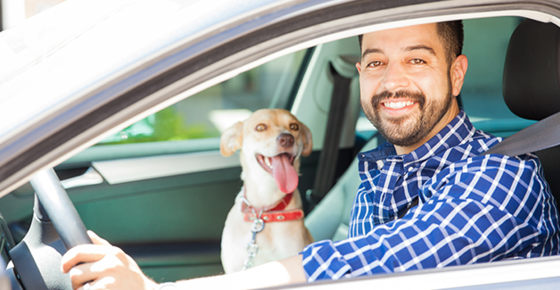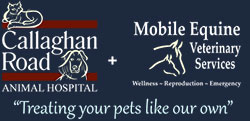
If your pet is not accustomed to car travel, take it for a few short rides before your trip. Cats should be confined to a cage or crate to allow them to feel secure and to avoid having a pet under your feet while driving. Stick to your regular feeding routine and give the main meal at the end of the day or when you reach your destination. Feeding dry food will be more convenient, assuming your pet readily consumes it. Dispose of unused canned food unless it can be refrigerated. Take along a plastic jug of cold water in case other reliable water sources are not available. Give small portions of food and water and plan to stop every two hours for exercise. Remember to include a leash with your pet’s traveling supplies.
Pets should not be allowed to ride with their heads outside car windows. Particles of dirt can enter the eyes, ears, and nose, causing injury or infection.
If you must leave your pet in a parked car, be sure to lock all doors, park in a shady area, and open windows wide enough to provide ventilation without enabling your pet to jump out or get its head caught. Be aware of weather conditions. You should not leave your pet in a parked car when the temperature and/or humidity are high or when temperatures are near or below freezing.

